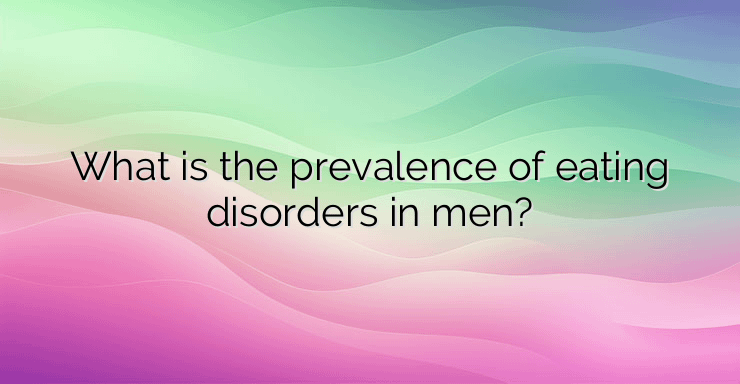While eating disorders were once thought to affect only women, it is known that they can occur among men as well. Eating disorders are diagnosed in men of all ages, ranging from children to elderly men. Many scientists believe that the eating disorders in men seen today are only the tip of the iceberg. These disorders in men have not received attention until recently for several reasons, which include: The omission of research on men for eating disorders; Lack of recognition of eating disorder symptoms by affected men and their family members; Prejudice on the part of professionals leading to less likelihood of men being diagnosed with an eating disorder; The stigma associated with men seeking help for a condition that is primarily seen as a woman’s disease; Eating disorders presenting with different symptoms in men than in women Less than 1% of all research on eating disorders focuses specifically on men. The most widely cited study estimates that the incidence of eating disorders in men in the general population is 0.3 percent for anorexia nervosa, 0.5 percent for bulimia nervosa, and 2.0 percent for a disorder called “binge eating.” Older statistics indicated that 10 percent of all patients with eating disorders were men, but given the reluctance of men with eating disorders to admit they have a problem and the inability of research to capture eating disorders in men, most experts believe the number is higher. More recent estimates indicate that 20% to 25% of the total number of people with eating disorders are men, while the National Association for Men with Eating Disorders estimates that 25% to 40% of all people with eating disorders are men. Among eating disorder diagnoses that affect men, binge eating disorder and binge eating disorder, two newer diagnoses, were relatively more common. Estimates show that about 40 percent of binge eaters are male. Bibliography: Sweeting H, Walker L, MacLean A, Patterson C, Räisänen U, Hunt K. Prevalence of eating disorders in males: a review of rates reported in academic research and UK mass media Eddy KT, Thomas JJ, Hastings E, et al . Prevalence of DSM-5 avoidant/restrictive food intake disorder in a pediatric gastroenterology healthcare network Verywell Mind. Understanding Male Eating Disorders


Leave a Reply